Introduction
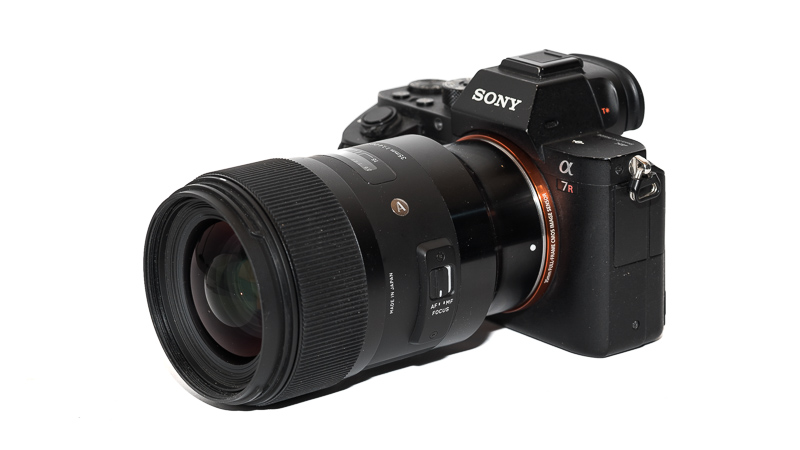
You have been asking for reviews of Sigma Art lenses for quite some time now, so I am glad that I can finally present you one of the Sigma 35mm 1.4 Art. Let us find out if this is the better choice compared to the Sony FE 35mm 1.4 ZA.
Sample Images
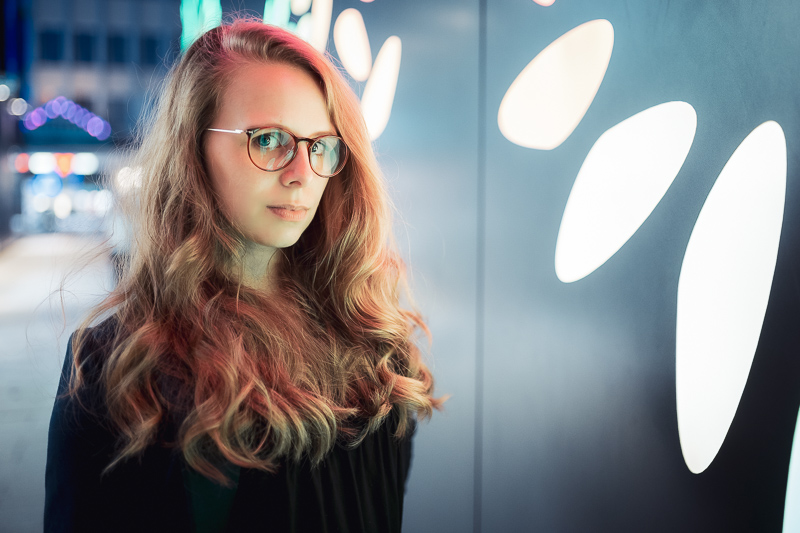
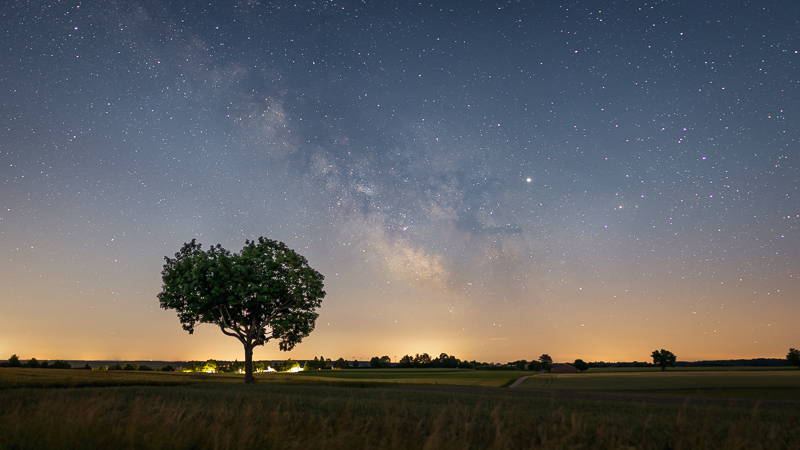
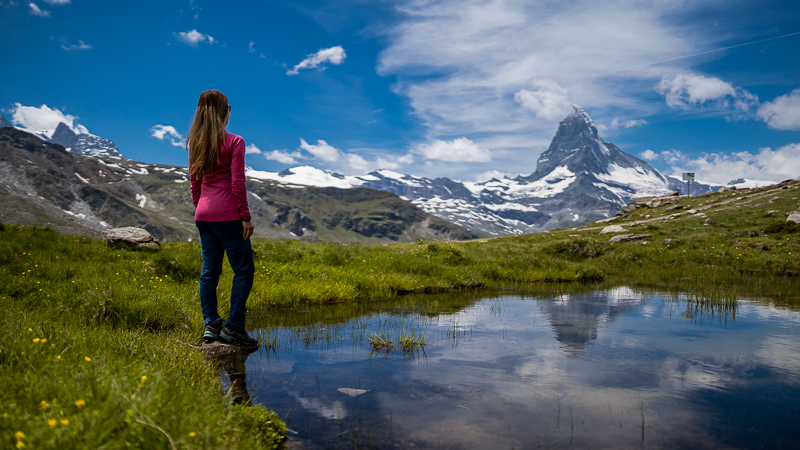
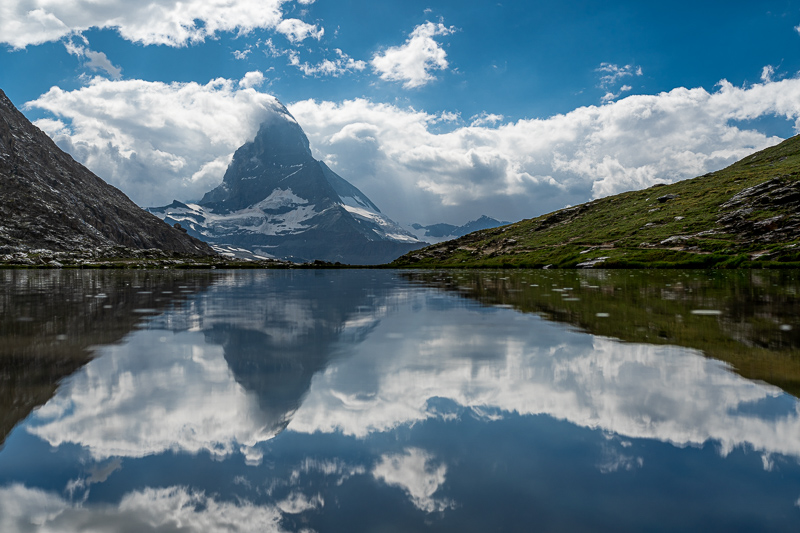
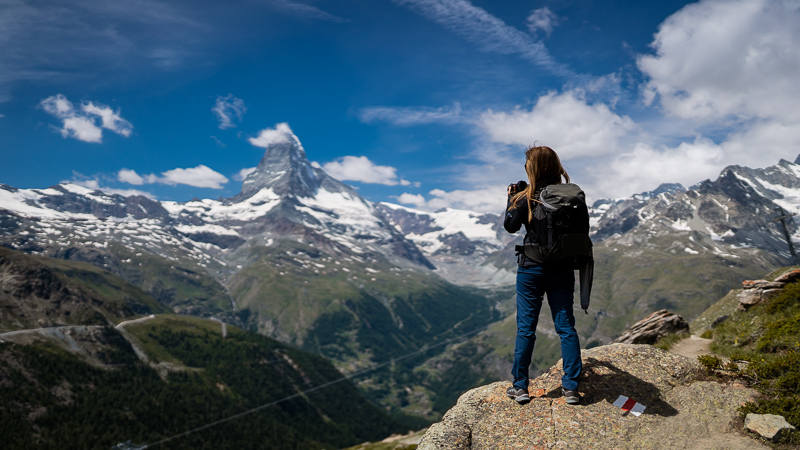
Most of the sample images in this review can be found in full resolution here.
Contents
Specifications / Version History
The Sigma 35mm 1.4 Art was the first lens of Sigma’s Global Vision lens lineup and the first lens of the Art series. It comes in many different mounts including Sony-E, which is the version reviewed here and has the following specifications:
-
- Diameter: 79 mm
- Field of view: 63° (diagonally)
- Length: 121 mm
- Weight: 740g (without hood and caps)
- Filter Diameter: 67 mm
- Number of Aperture Blades: 9 (rounded)
- Elements/Groups: 13/11
- Close Focusing Distance: 0.30 m
- Maximum Magnification: 1:5.2
- Mount: Sony-E
You may also have a look at the official page.
You can usually find the Sigma 35mm 1.4 Art on amazon.com/amazon.de, B&H or ebay.com/ebay.de for about $770/749€ new or used for roughly 100 bucks less (affiliate links)
Operation
Handling
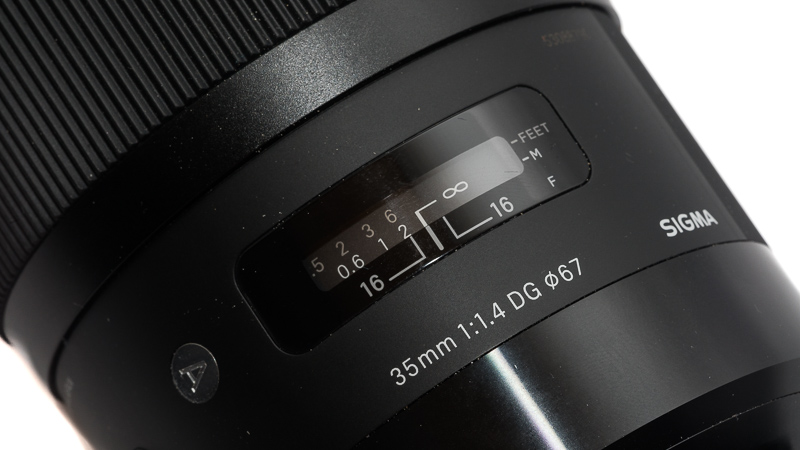
Unlike other native AF lenses for E-mount the Sigma lenses (except for the APS-C lenses and the 70mm 2.8 macro) feature a physical distance scale and a direct coupling of focus ring and internal mechanics.
To me this is good news, as coupled with the nice resistance of the focus ring this gives a nice manual focus experience, only the rather short focus throw of 90° spoils the game slightly.
The lens further features an AF/MF switch but no other button and no aperture ring.
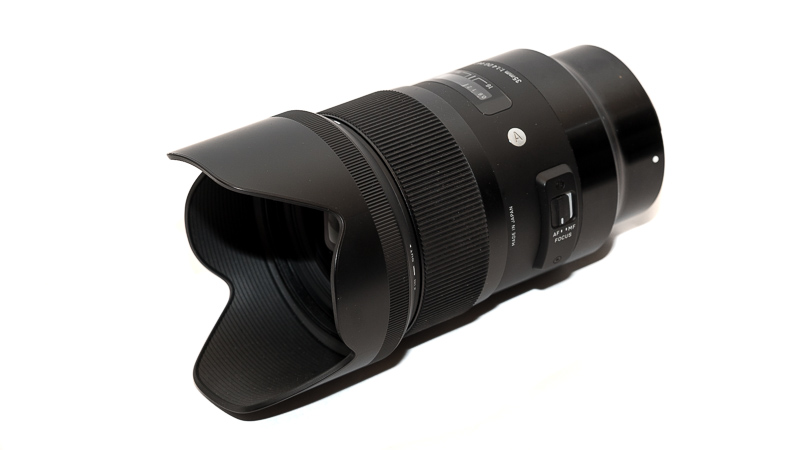
A bayonet type lens hood is also part of the package. For transport it can be mounted reversed.
Compared to the Sony FE 35mm 1.4 ZA this Sigma lens is 8mm longer and 110g heavier. As both lenses are big and heavy to begin with I barely noticed this difference in the field.
I greatly prefer working with the Sigma due to AF/MF switch and linear manual focus though, but I would still prefer a GM lens with an added aperture ring and focus hold button.
Build Quality
The outer barrel is made of high quality polycarbonate while most of the internal parts are made of metal, as lensrentals has shown in their teardown. The E-mount version also features a rubber gasket on the bayonet.
The lens is available for quite some time now and so far I haven’t read any reports on these lenses failing, so the construction seems to be quite reliable.
Autofocus
I have only used the lens for slow moving adults and encountered no problems with the autofocus. If you primarily want to take pictures of running animals or small children you may come to a different conclusion.
Eye-AF also works generally well, but you have to be close to your subject for the camera to actually recognize an eye in the frame (this is true for all wide angle lenses). So at the distances I was mostly using this lens the cameras usually resorted back to face-detect mode.
For my type of shooting there is no tangible difference between this Sigma 35mm 1.4 Art and the Sony FE 35mm 1.4 ZA, but depending on your shooting habits you may arrive at a different conclusion.
Vignetting
light falloff
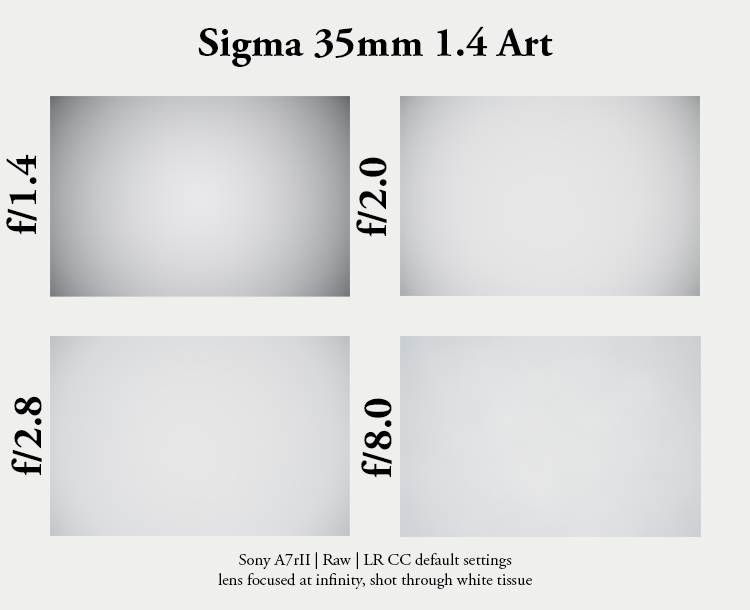
Wide open there is strong light falloff of roughly 2.9 EV, stopped down to f/2.0 this improves to 1.9 EV, stopped down to f/2.8 it is 1.1 EV and further improves to 0.7 EV at f/8.0. You can either correct this in Lightroom or directly in camera.
From f/1.4 to f/2.0 these are very comparable to the Sony FE 35mm 1.4 ZA, stopped down this Sigma shows about half a stop less vignetting.
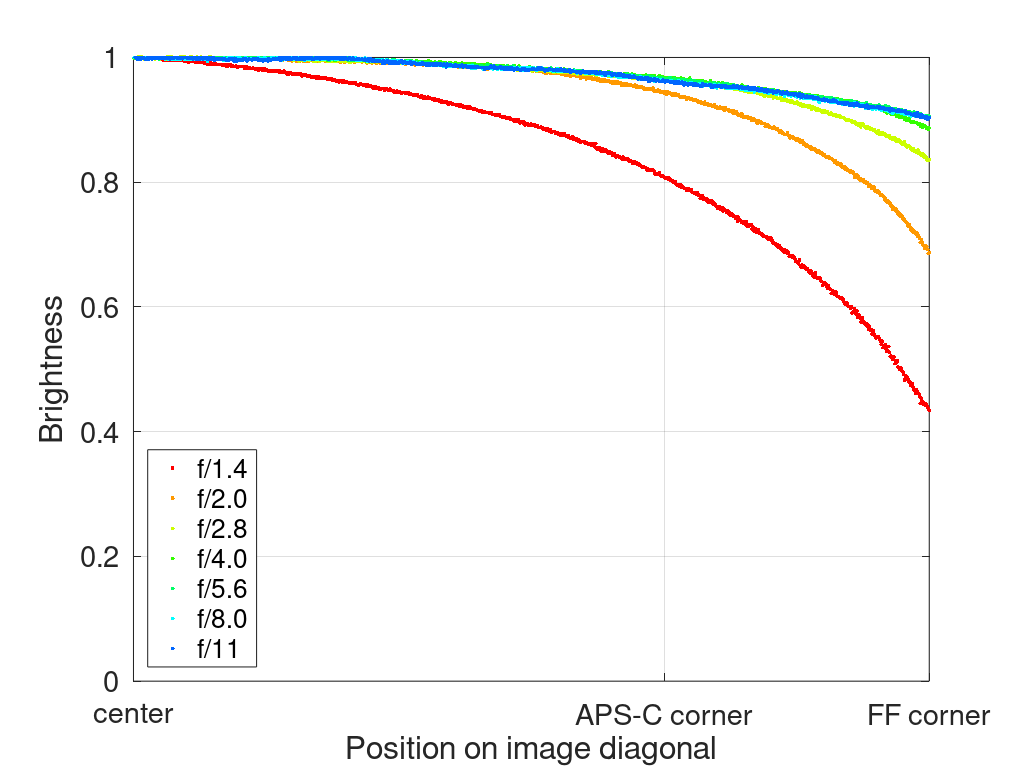
It is recommended to have a look at this article first to get an idea how this brightness graph works.
color cast
I did not detect any color cast issues with this lens.
optical vignetting
Very fast lenses often show optical vignetting. Without going too much into technical details mechanical vignetting leads to the truncation of light circles towards the borders of the frame.
In the center of the frame almost every lens will render a perfect circle, but only lenses with very low optical vignetting will keep this shape in the corners.
So in the following comparison we move from the center (left) to the extreme corner (right) and see how the shape of the light circle changes.
I did not shoot the lenses side by side, but was using roughly the same focus distance for both.
As you can see the Sigma 35mm 1.4 Art and the Sony FE 35mm 1.4 ZA perform very similar in this category down to the obvious onion ring structures.
Sharpness
Sample variation / Variance
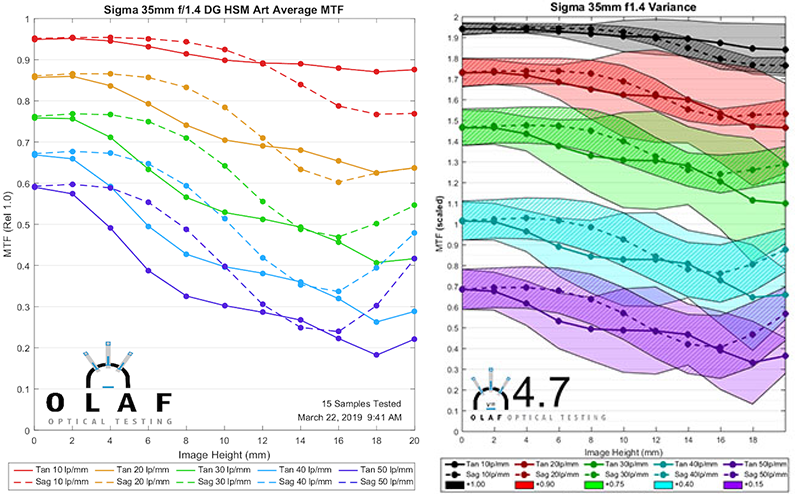
It is hard to get decent numbers on sample variation, but the guys from Lensrentals actually measured a host of copies and put together these graphs.
The MTF of this lens are noticeably higher on average compared to those of the Sony FE 35mm 1.4 ZA and the sample variation is also significantly lower. I have used two of these lenses so far and both were really well centered.
Keep in mind though MTF are usually measured with the lens set to infinity and the performance at other distances can be very different.
infinity

The center already looks pretty good at f/1.4, notice the lack of color aberrations compared to the Sony FE 35mm 1.4 ZA. Stopping down to f/2.0 further increases the contrast.
Both lenses share the midzone dip though, so stopping down to f/5.6 is advisable for best performance in the midframe.
Focus on center <-> focus on corner
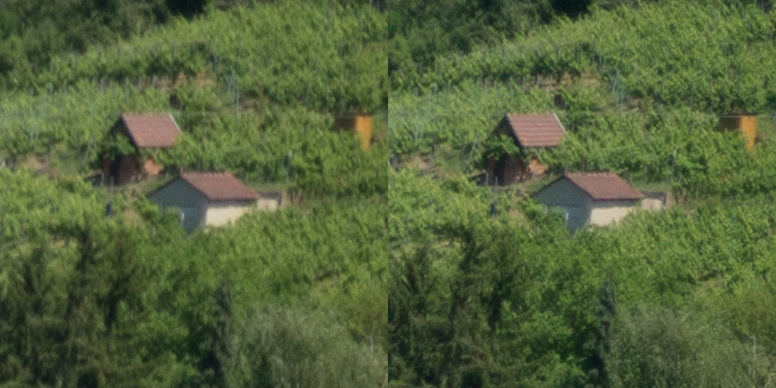
The corners suffer noticeably due to field curvature, you can get better across frame performance if you adjust the focus a bit which I did not do for the chart above.
portrait distance
For portraiture it isn’t so important how flat the field is, it is more interesting to see what the sharpness is like when focused at different parts of the frame to take field curvature out of the equasion.
This is what I did here, I refocused for every shot to get the best possible result at different locations in the frame (center, inner midframe, outer midframe and border).
Focus distance was roughly 1.0 m and the circle of the dollar bill is more or less the size of a human eye.
100% crops, A7rII
The lens looks really good in the center, still good in the midframe but only okay in the outer midframe region. Keep in mind you are looking at 100% crops though, for normal portrait field use the lens will still give you satisfactory results.
Furthermore I found out that the Sigma 35mm 1.4 Art is a design very vulnerbale to even the slightest change in flange focal distance so performance can vary a lot between different cameras, depending on how camera and lens tolerances overlap.
close (0.30 m, 1:5.6)
100% crops from center, A7rII
The Sigma 35mm 1.4 Art is a pretty strong performer at the minimum focus distance. Resolution and contrast are really good from wide open and stopping down mostly increases performance off-center.
The Sony FE 35mm 1.4 ZA looks slightly worse in the center at f/1.4, similar at f/2.0 and very slightly better stopped down further. The differences are minor.
Flare resistance
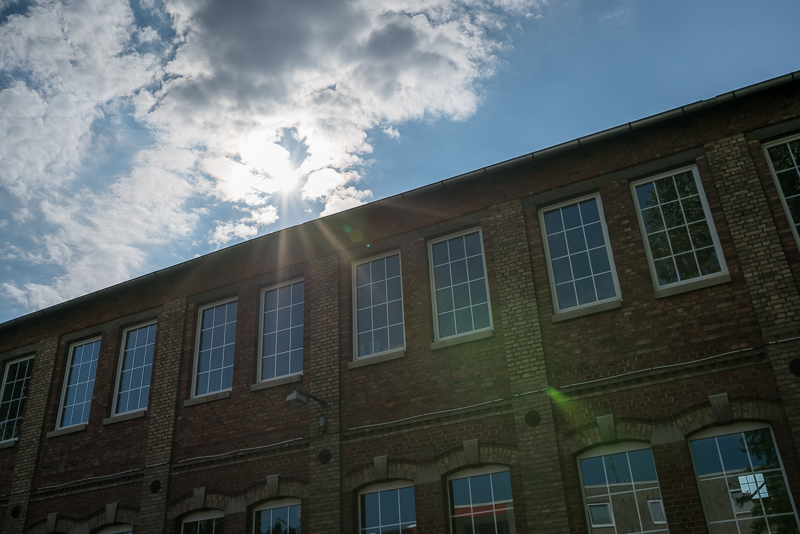
When shooting directly into the sun contrast stays on a rather high level. But there are a few ghosts and small artifacts scattered across the frame. These are mostly green and often hard to spot against a blue sky:
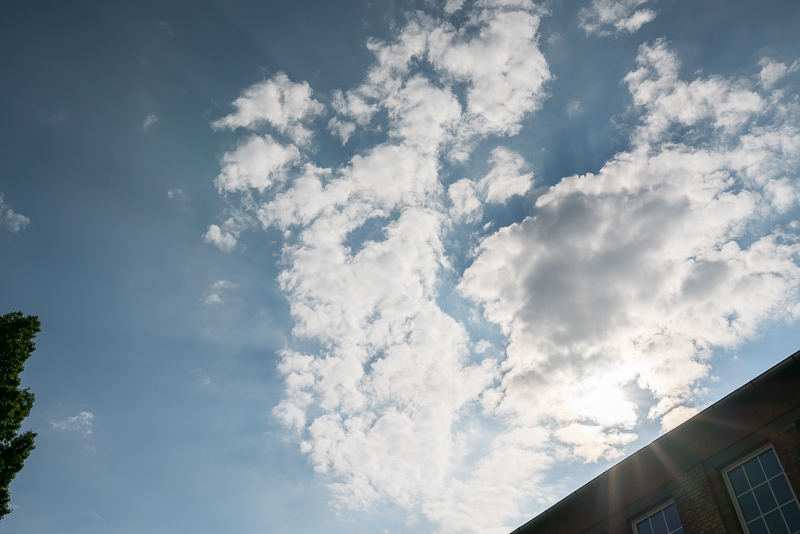
When you place the sun close to the corner you can catch bigger ghosts and also a bit of veling flare, the hood doesn’t really help here.
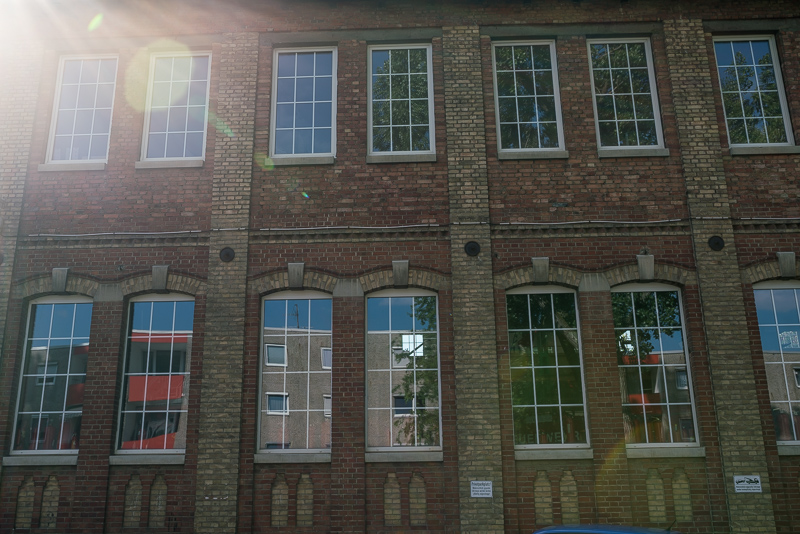
This is not a bad performance, but also not a great one.
The Voigtlander VM 35mm 1.7 Ultron and also the Sony FE 35mm 1.4 ZA fare better in this category.
Coma
From what I have read elsewhere and going by the lenstip review I was expecting to see a great performance here but instead I am a bit disappointed.
At f/1.4 the coma performance is not that great as the artifacts are rather big and a bit obstrusive. It takes stopping down to f/2.8 for decent performance.
Furthermore the field curvature has to be taken into account, but the level of coma does not seem to be affected as much as sharpness by it.
100% crops from extreme corner, focused on corner, A7rII
Stars are slightly more forgiving than city lights, so it is still possible to use this lens for astrophotography:
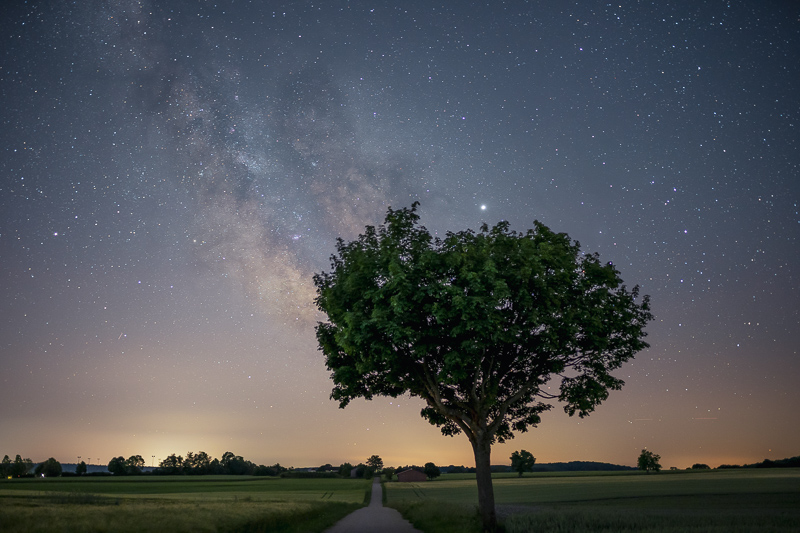
With very bright stars in the corner you will be able to spot some coma in the corners looking at the files at 100%, but in real pictures this will hardly be visible.
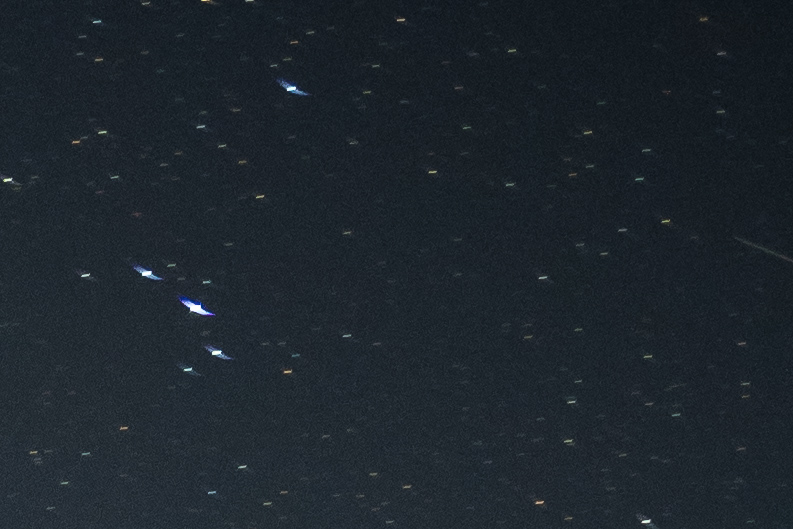
I did some further research. This post at dpreview shows the same exact coma pattern on a different camera, and I also had Haitong Yu – who helped me with my guide to lenses for astrophotography – double check with a similar scene and he got the same results. So this should be in line with what is to be expected from this lens.
Distortion
The lens has a slight wavy barrel distortion. There are of course lens profiles to correct this available, either in camera or in post.
Bokeh
The bokeh rendering is surely one of the main reasons to get a fast 35mm lens. It would surely be for me, so let us have a closer look how it performs at different distances.
In close focus scenarios the bokeh is pretty nice, smooth and with very noticeable subject separation. With faces close to the camera you have to be a bit careful to avoid too much (unfavourable) distortion though:
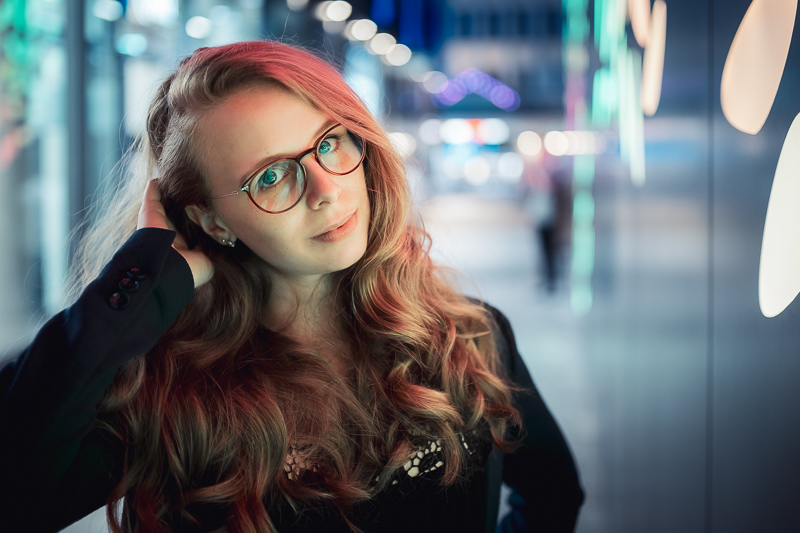
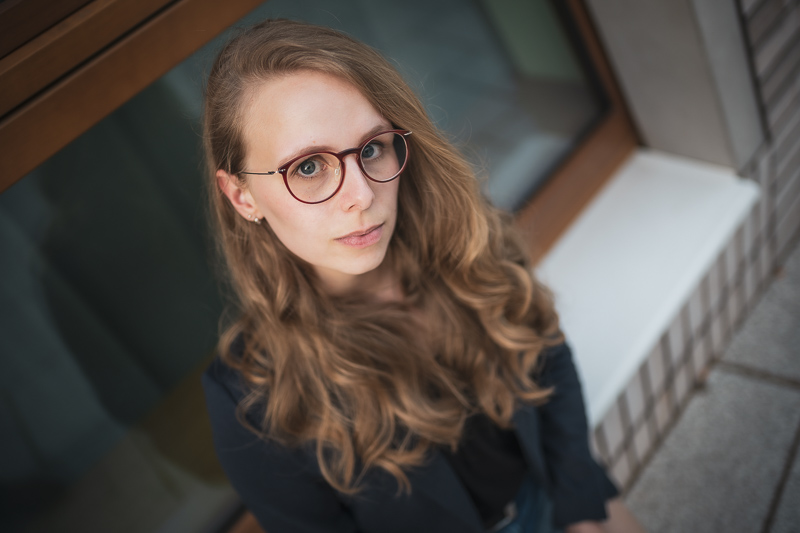
At half body distances there is still a noticeable amount of bokeh, but depending on the background you may begin to see some busyness near the borders/corners or in the transition zone:
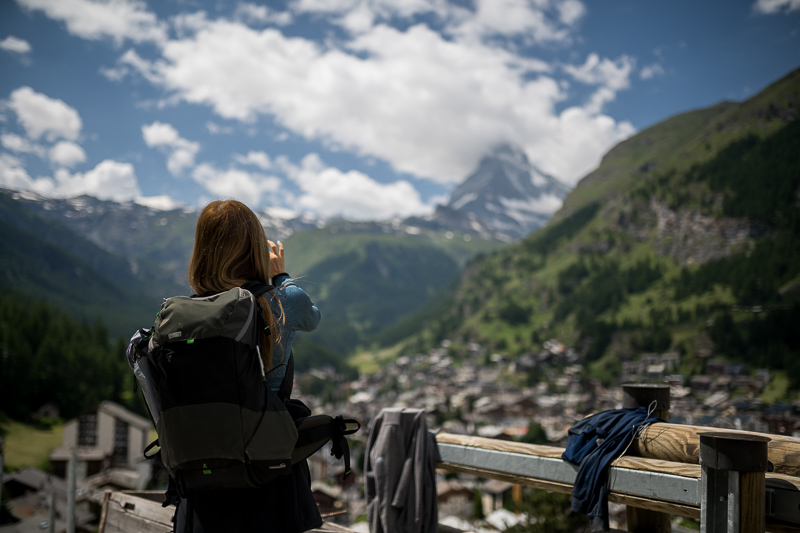

At longer distances (e.g. full body portraits) where the transition zone overlaps with the background many fast wide angle lenses struggle. This is also true for the Sigma 35mm 1.4 Art, at least close to the borders/corners:
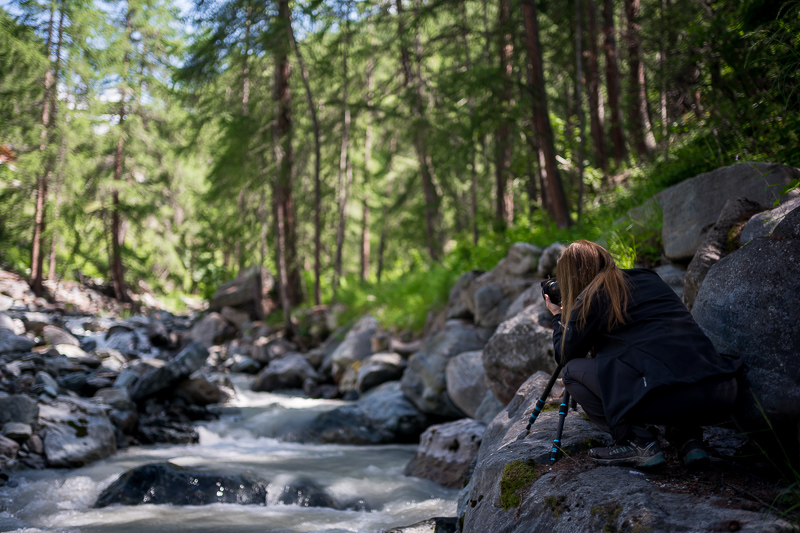
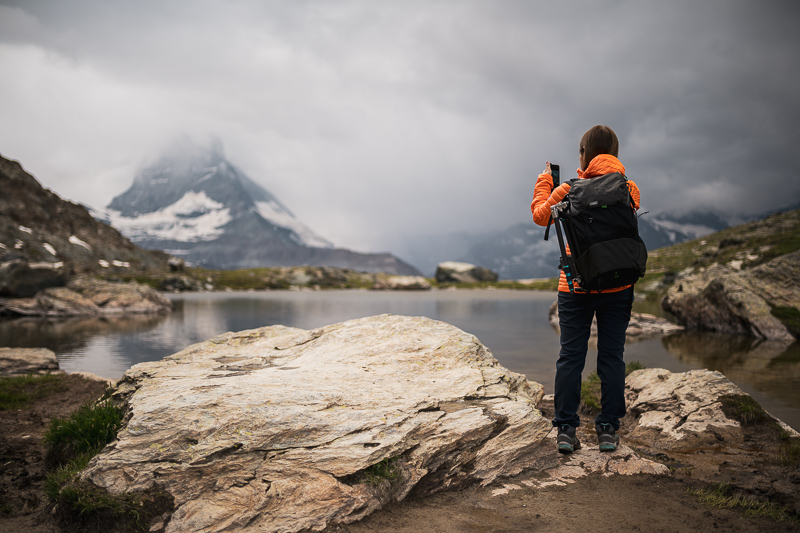
If you focus on something (or someone) even farther away there will only be very little bokeh visible in your shots:
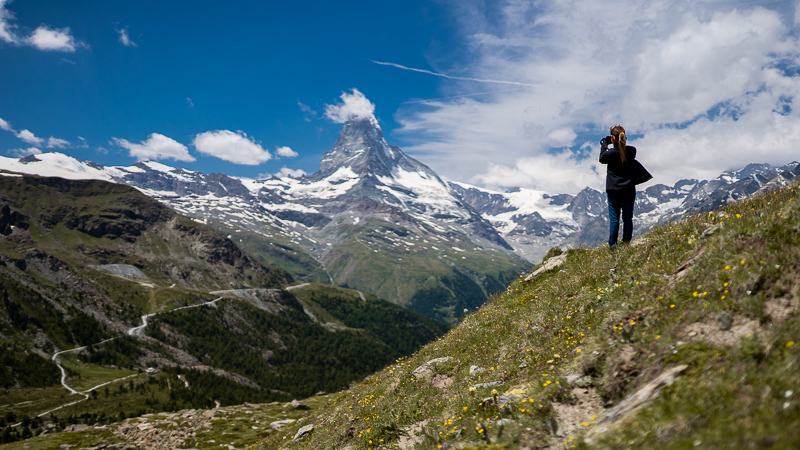
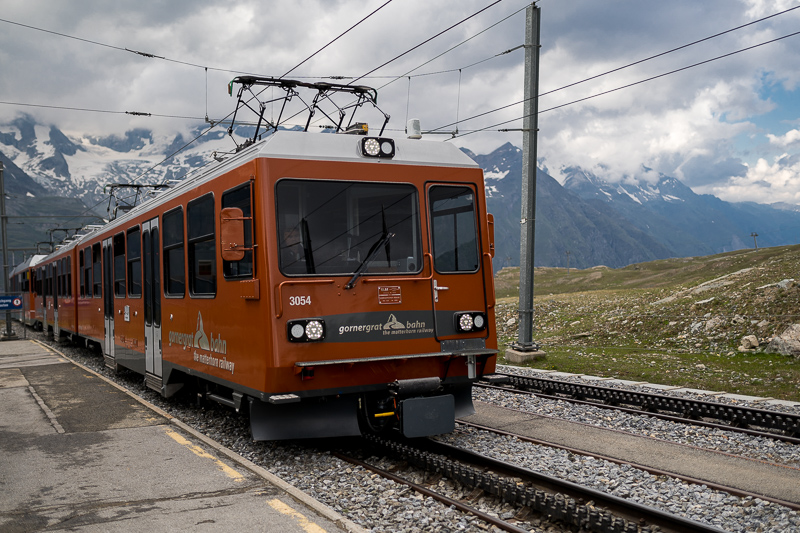
Just like the Sony FE 35mm 1.4 ZA this Sigma still uses less refined aspherical elements that lead to onion ring structures in light circles (also see the “optical vignetting” section).
Whether this bothers you or not depends a lot on what subjects you are usually shooting: if you do lots of shooting in the city during blue hour it probably will, if you usually take pictures in more rural areas and forests it may not at all.

The Sony FE 35mm 1.4 ZA is reknown to be a 35mm 1.4 lens with pleasing bokeh, so I was expecting this Sigma 35mm 1.4 Art to show a worse performance. But honestly I found the differences to be not nearly as big as the internet will try to make you believe.
Still: best have a look at the sample images and see for yourself if you like the rendering or not.
Sunstars
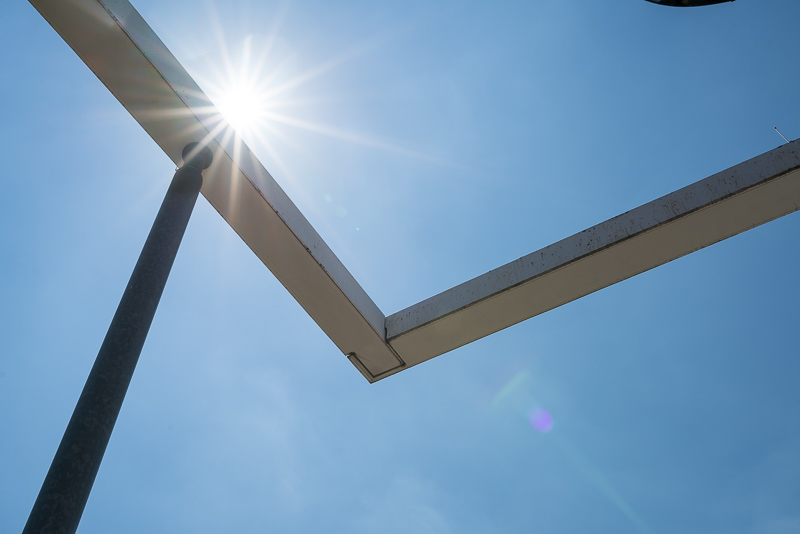
Sunstar rendering has never been a high priority for Sigma and this is also the case here. You get rather badly defined sunstars: the rays have varying length and distance to each other.
If you want to know more about sunstar rendering of different lenses have a look at this article.
Chromatic aberration
lateral
100% crops from border, A7rII
Even with all corrections in camera and in Lightroom deactivated there is still a profile for correcting lateral CA applied. So here I was using a freeware raw converter to show you how the lateral CA look without correction.
As these are losslessly corrected this is not a big deal.
longitudinal
50% crops, A7rII
Near the minimum focus distance the Sigma 35mm 1.4 Art shows a bit of longitudinal chromatic aberration wide open which is mostly gone on stopping down to f/2.0.
This chrome rim directly hit by sunlight shot at f/1.4 shows only very minor loCA:
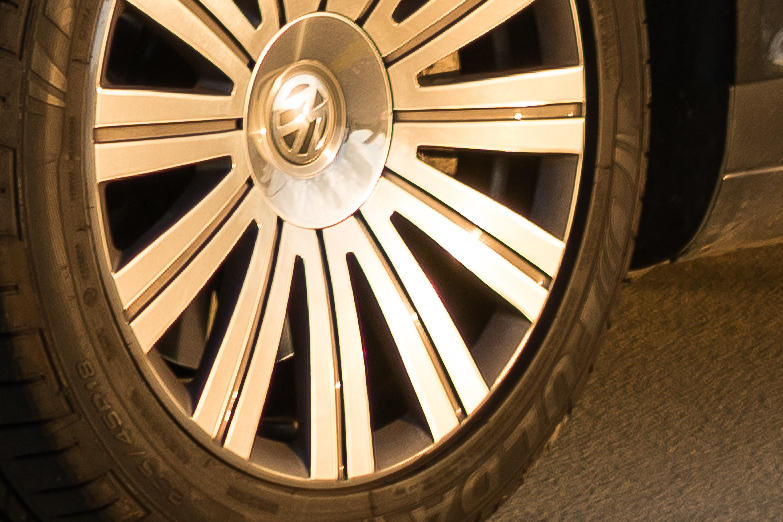
But when looking at 100% of a 42mp file it is also possible to make this lens look bad:
Sony A7rII | Sigma 35mm 1.4 Art | f/1.4
Still, the Sigma fares better in this category than the Sony FE 35mm 1.4 ZA.
Focus shift
I did not see any focus shift with this lens.
Alternatives
Autofocus
Sigma 35mm 1.2 Art:
Even better than the lens reviewed here with higher sharpness, contrast and smoother bokeh. Unfortunately it is also noticeably bigger and heavier and also double the price. If you are looking for the best 35mm lens right now this is it.
buy from amazon.com | B&H | ebay.com | ebay.de for about $1499/1529€ (affiliate links)
You can also have a look at my comparison of Sigma 35mm 1.2 Art, 35mm 1.4 Art and 40mm 1.4 Art to see how these lenses compare.
Sony FE 35mm 1.4 ZA:
As you have probably noticed in most categories I added a note how the Sony FE 35mm 1.4 ZA compares to the Sigma 35mm 1.4 Art reviewed here, so depending on your preferences you can choose accordingly.
In the end I find the Sigma more enjoyable to use (due to AF/MF switch and focus ring with mechanical coupling) and optically slightly better (less hard to correct loCA) and because of the lower price and less sample variation easier to recommend.
buy from B&H | amazon.com | amazon.de | ebay.com | ebay.de for 1499$ (affiliate links)
Samyang 35mm 1.4 AF:
This Samyang is the cheaper version of the Sony FE 35mm 1.4 ZA in many ways: similar size, similarly high CA, similar questions regarding sample variation. No button or aperture ring and according to some reports the manual focus experience is really bad with this lens.
This is your cheapest option when looking for a native 35mm f/1.4 lens with AF, personally I would pay slightly more to get the Sigma lens reviewed here.
buy from B&H | amazon.com | amazon.de for ~550$ (affiliate links)
Canon EF 35mm 1.4 L II USM:
If money was no object and I really needed the “best” 35mm f/1.4 lens with AF (and I was using one of the gen 3 Sony cameras) I would probably try out this one. It uses Canon’s latest and greatest technology and looks like the best balanced 35mm f/1.4 lens with AF to date.
buy from B&H | amazon.com | amazon.de for ~1649$ (affiliate links)
Sony RX1RII (Sonnar 35mm 2.0):
As we still have no decent AF 35mm f/1.8 or f/2.0 lens I have to list this camera. Nice bokeh, but you are obviously loosing one stop and the lens is also noticeably wider.
buy from B&H | amazon.com | ebay.com | ebay.de for 3299$ (new) or 1999$ (used) (affiliate links)
Manual focus
Zeiss ZM 35mm 1.4 T* Distagon:
This lens is noticeably smaller, offers very high contrast but struggles a bit on Sony cameras due to the thicker filter stack.
buy from B&H | amazon.com | amazon.de | ebay.com | ebay.de for ~1999$ (affiliate links)
Voigtlander VM 35mm 1.7 Ultron:
This is still my 35mm lens of choice and there is a reason for that: it is one of the best balanced lenses money can buy. It really needs a 5m PCX filter to shine on Sony cameras, but going through that trouble is totally worth it.
buy from B&H | amazon.com | ebay.com | ebay.de for ~ 809$ (affiliate links)
7artisans 28mm 1.4 FE+:
If you prefer slightly wider this may be worth a look. The f/1.4 sharpness is worse compared to the Sigma lens reviewed here as is the contrast.
buy from B&H | amazon.com | amazon.de | ebay.com | ebay.de for ~$499 (affiliate links)
Voigtlander 40mm 1.2 Nokton E:
Less wide and slightly faster. The bokeh might be a little less smooth and this lens also suffers from onion ring patterns. Close up performance is worse (you can use a close up filter to make up for that). Personally I don’t like it for the abrupt sharpness drop off close to the corners, but many people greatly enjoy this lens.
buy from B&H | amazon.com | ebay.com | ebay.de for ~1099$ (affiliate links)
Sony FE 35mm 1.8:
This lens has just been announced, so far it looks like an expensive budget lens.
Conclusion
good
|
average
|
not good
|
The Sigma 35mm 1.4 Art was the first Art series lens and it was a defining moment for Sigma. It allowed Sigma to evolve from a third party manufacturer producing lenses with sometimes questionable optical quality and huge sample variation into a company producing lenses with sometimes record breaking resolution figures and great build quality.
I can’t say that I was overly enthusiastic when Sigma announced that their first full frame E-mount lenses will be just the DSLR lenses with built in adapter, but this does not mean that the lenses are any worse when they are used on an E-mount camera.
In case of this 35mm lens it should also be noted that the Sony FE 35mm 1.4 ZA has a similar size and is only slightly lighter (110g). So the size and weight penalty of chosing the Sigma lens over the Sony lens is not as big as what we have seen with Sigma 85mm 1.4 Art vs Sony FE 85mm 1.4 GM or Sigma 24mm 1.4 Art vs Sony FE 24mm 1.4 GM.
All things considered I would call it a draw between this Sigma 35mm 1.4 Art and the Sony FE 35mm 1.4 ZA in terms of optical performance. There is no category where I think one really stands out compared to the other. Both will get the job done.
Yet at the moment this is the native 35mm 1.4 with AF that I would (or better: can) recommend to Sony users. It offers decent performance, is not plagued by huge sample variation, has manageable downsides – that rarely matter for what most people would use it for – and is also decently priced.
You can usually find the Sigma 35mm 1.4 Art on amazon.com/amazon.de, B&H or ebay.com/ebay.de for about $770/749€ new or used for roughly 100 bucks less (affiliate links)
Sample Images
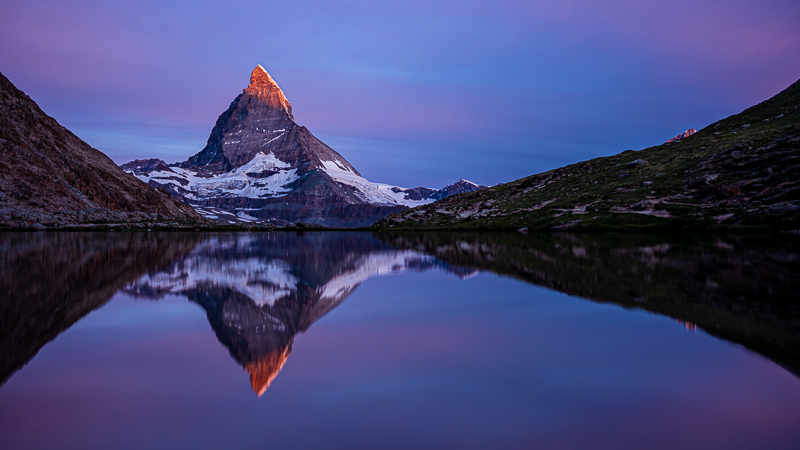
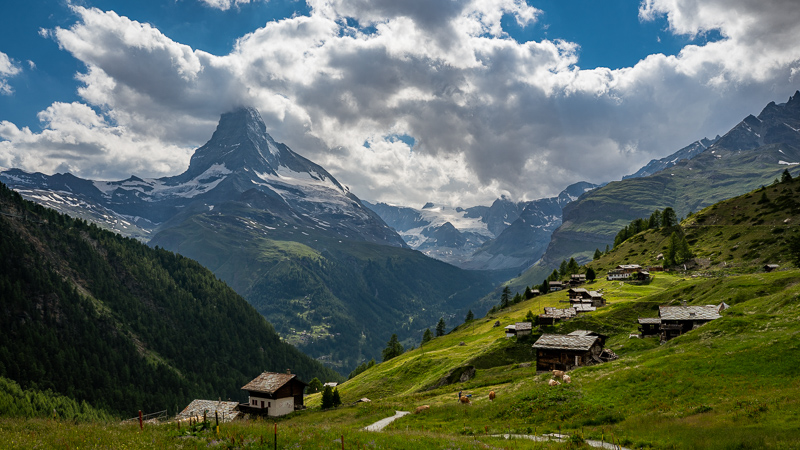
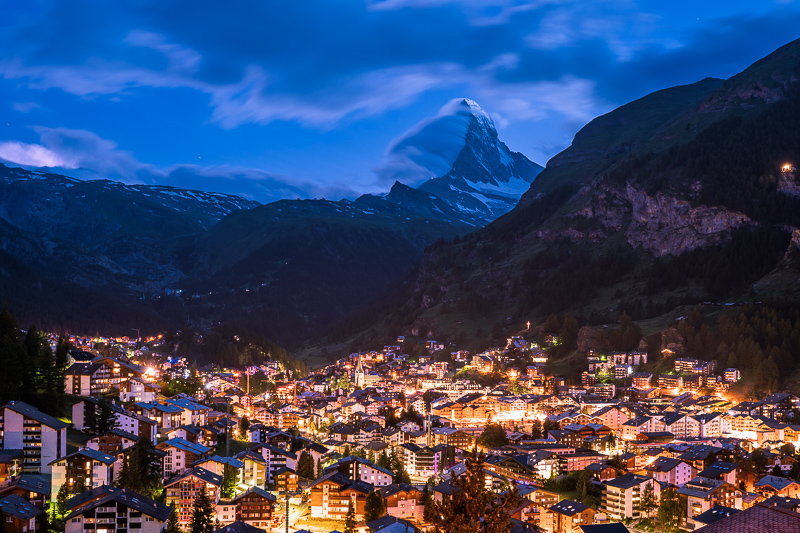
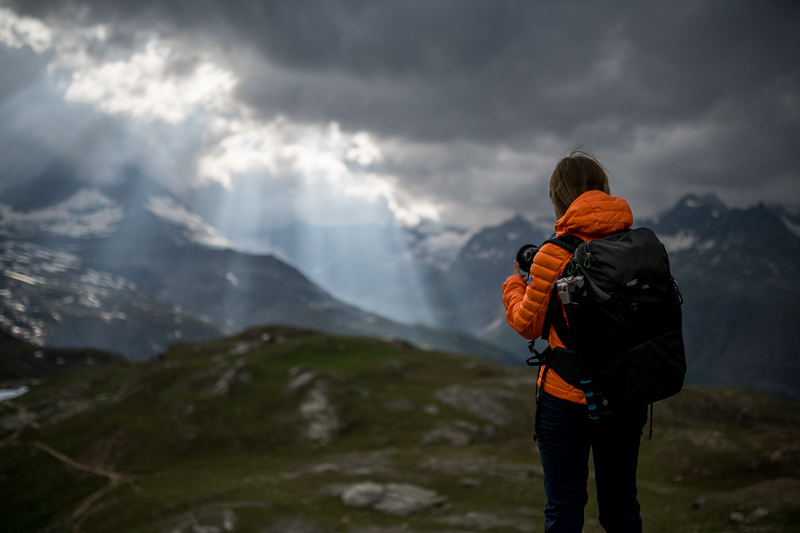

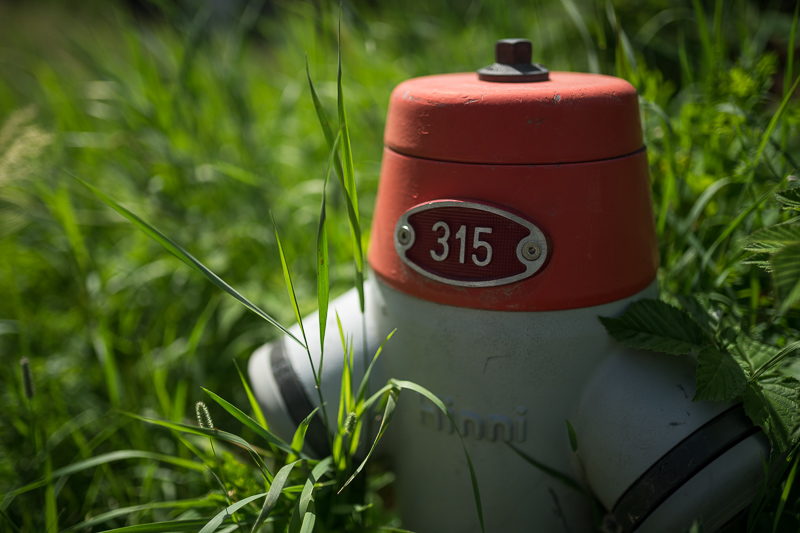
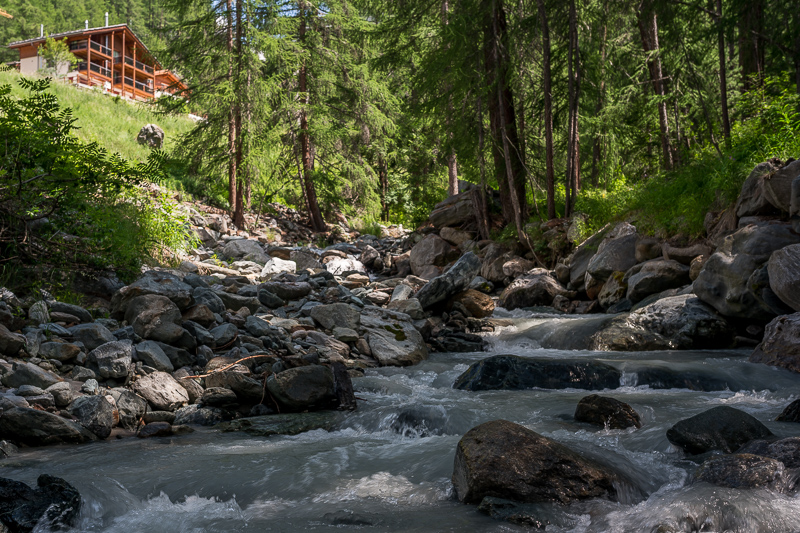
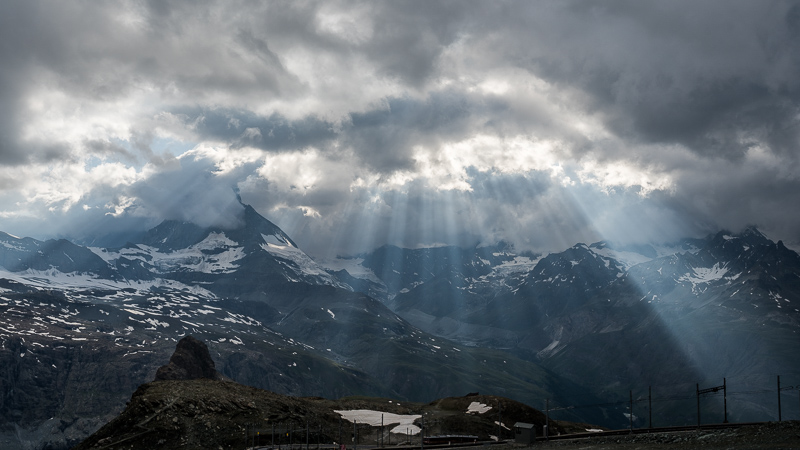

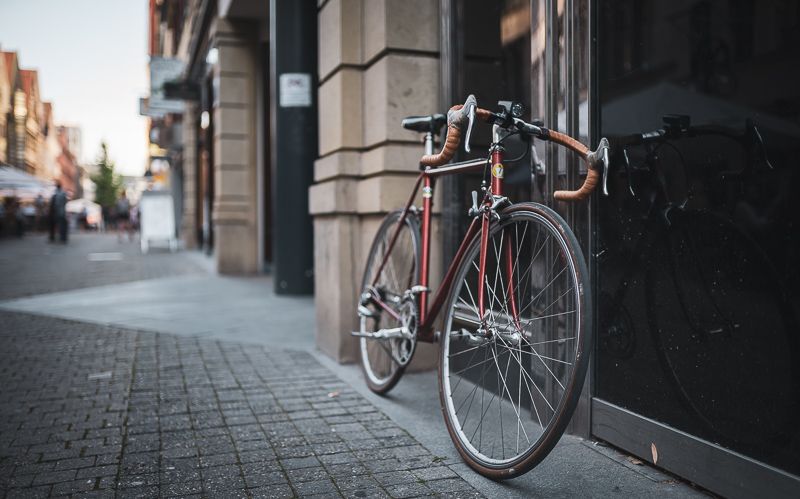
Most of the sample images in this review can be found in full resolution here.
Further Reading
- Sony FE lenses: Our comprehensive and independent guide
- Sony FE lenses: Our guide to portrait lenses from 85 to 135mm
- Review: Sony FE 85mm 1.4 GM
- Review: Voigtländer 50mm 1.2 Nokton E
Support Us
Did you find this article useful or just liked reading it? Treat us to a coffee!
![]()
![]()
![]() via Paypal
via Paypal
This site contains affiliate links. If you make a purchase using any of the links marked as affiliate links, I may receive a small commission at no additional cost to you. This helps support the creation of future content.
Latest posts by BastianK (see all)
- Vivo X200 Ultra – The Death of the compact Camera - June 29, 2025
- Review: Laowa 12mm 2.8 AF - June 26, 2025
- Review: Nikon AF-S 35mm 1.8G - June 21, 2025




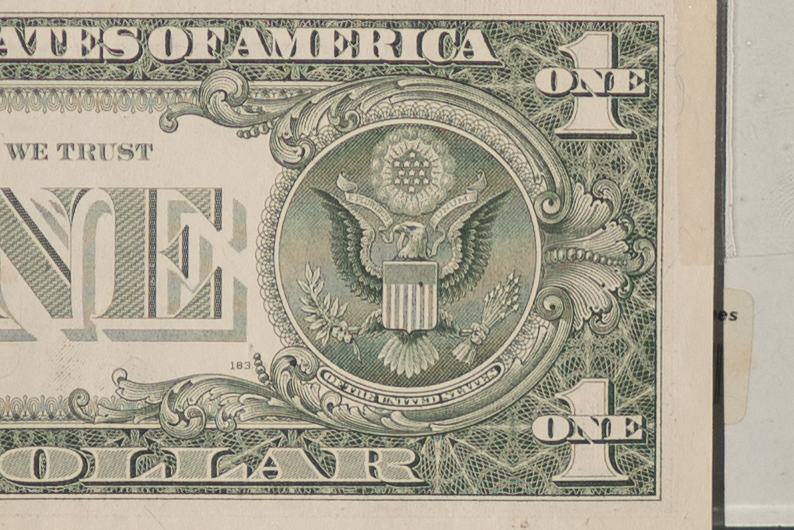
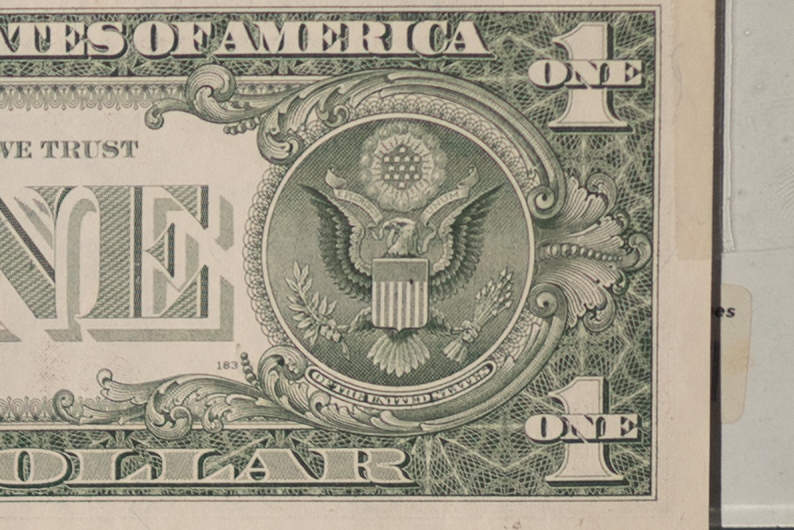
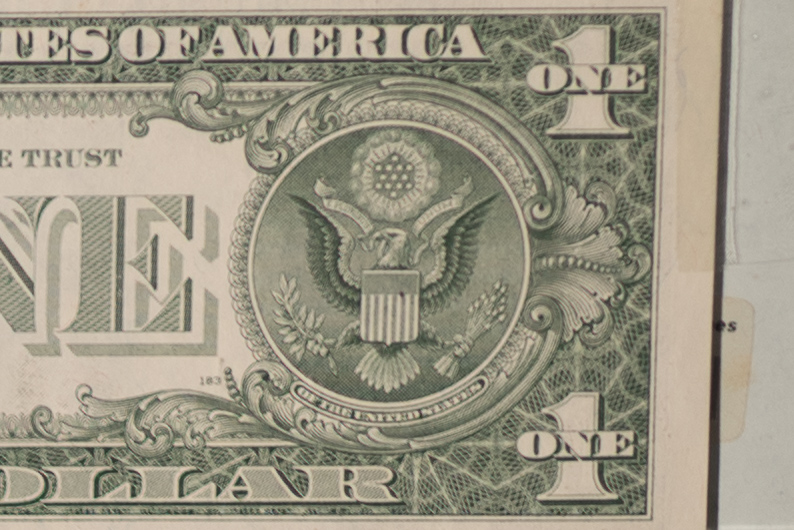





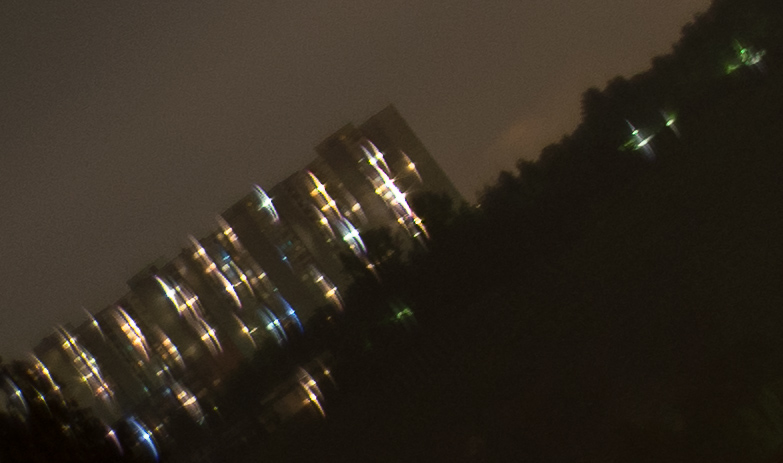
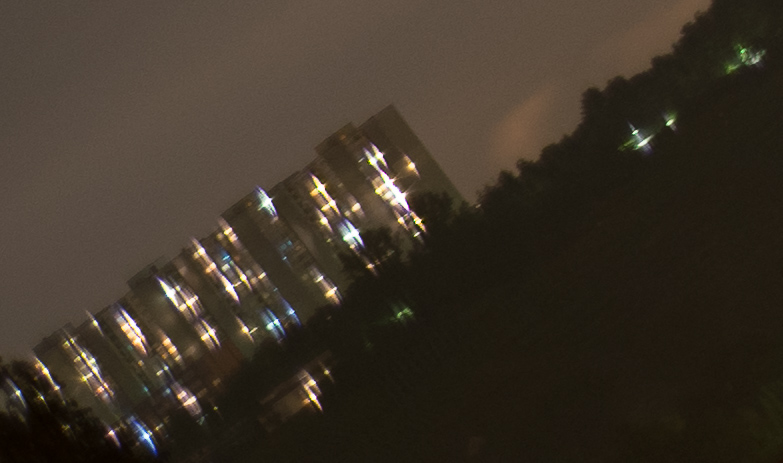
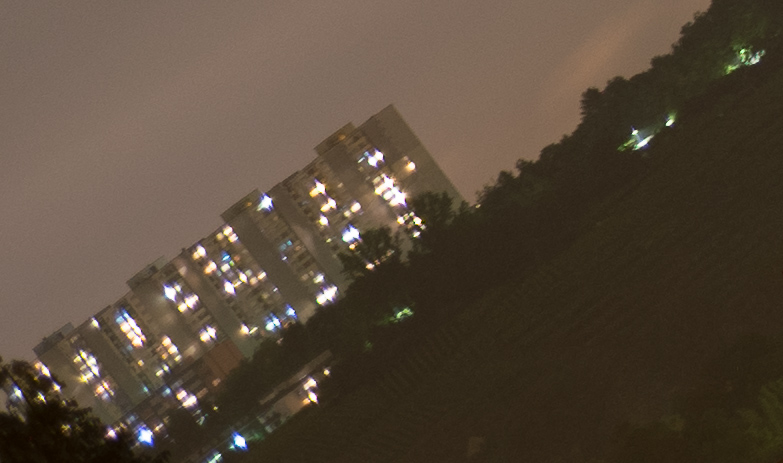
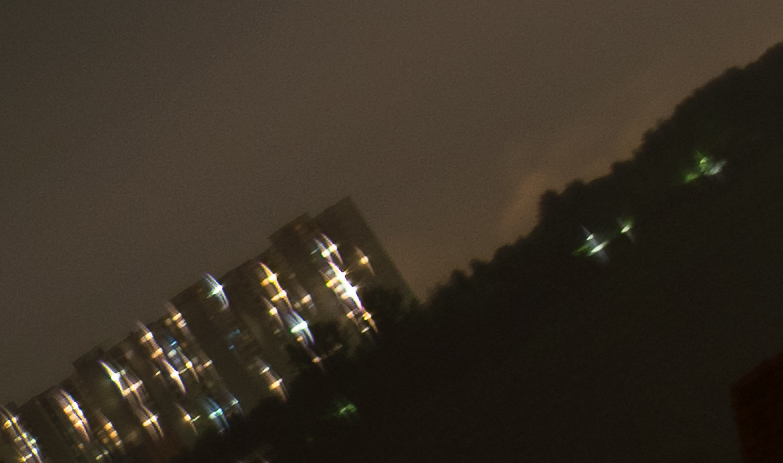


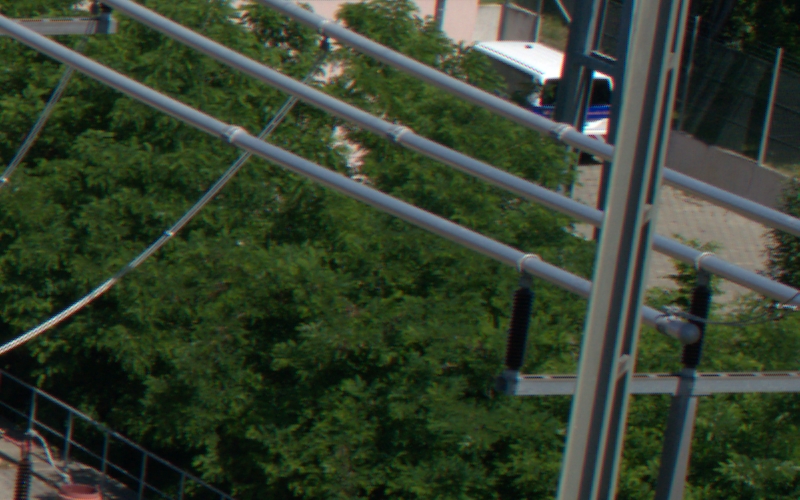
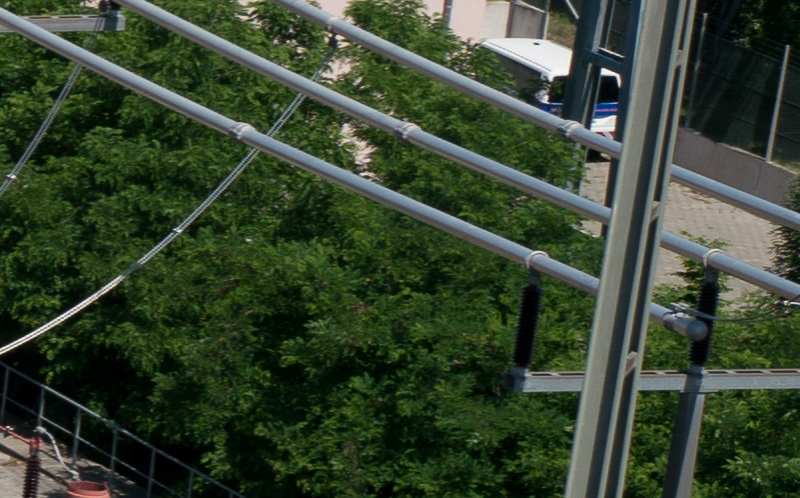
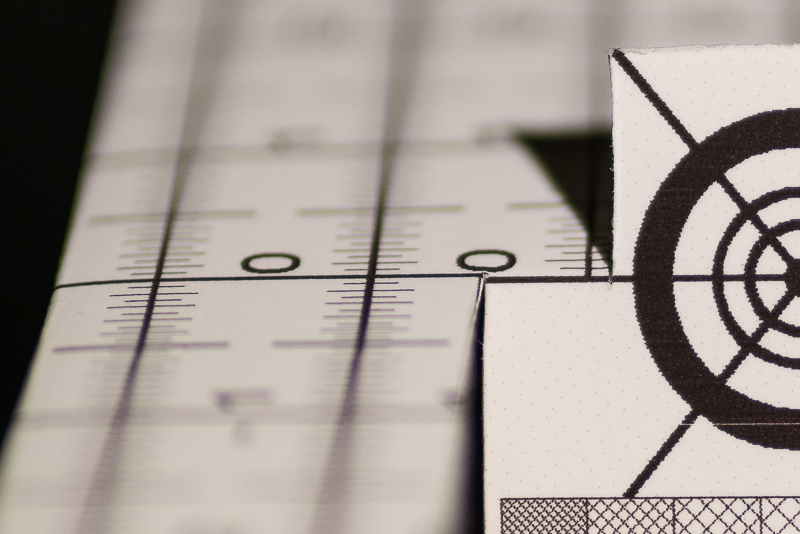
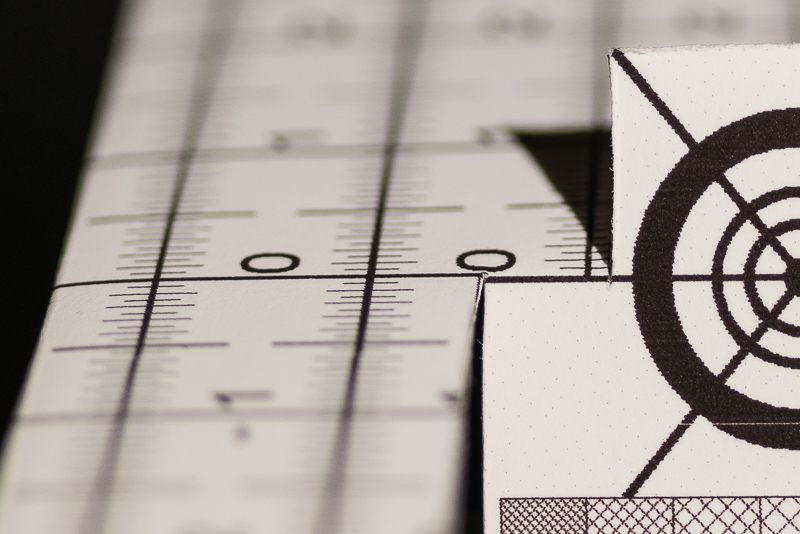
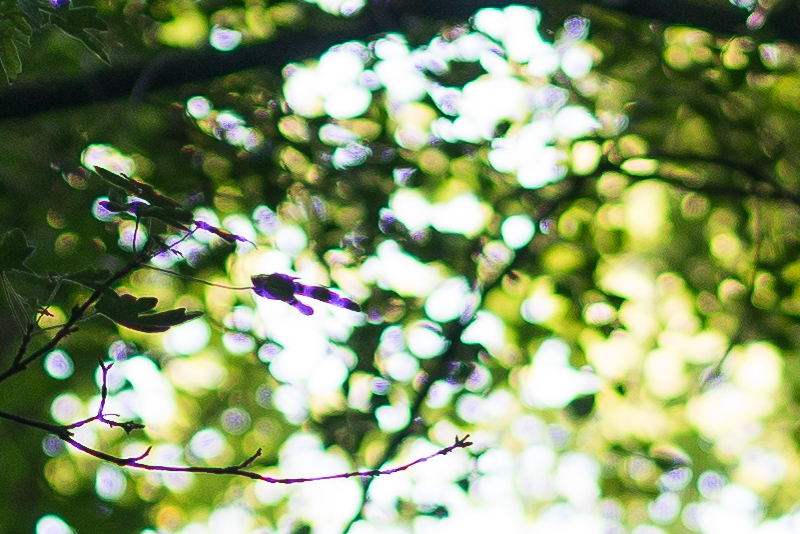
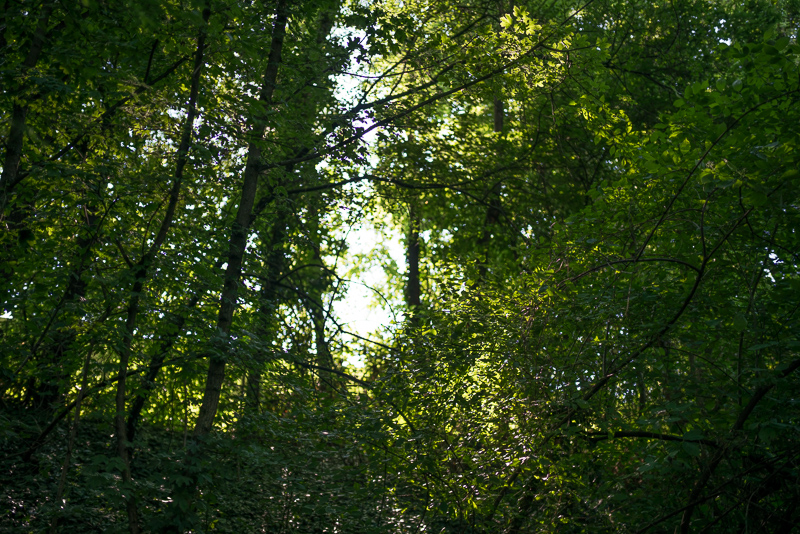
Well reviewed, as always, Bastian. I really appreciate the insight and the thoughtfulness.
Thank you very much!
Absolutely lovely photos! The one of the snow blowing over the Matterhorn (?) is just stunning. Was it a long exposure?
Thank you!
Yes, it is the Matterhorn.
Clouds very often get stuck on the top (I don’t really know why, but it looks super cool).
So what you see is just a bit of cloud movement.
Exposure time was 30s for this one, that is also the reason why I took it at f/3.2.
Had I closed the aperture further I would have needed to increase the ISO or use a third party trigger like the Miops.
https://en.wikipedia.org/wiki/Matterhorn#Weather or https://en.wikipedia.org/wiki/Orographic_lift#Associated_clouds
Really nice sample images and lovely scenery. I’ve heard people describe this lens as super sharp many times, so it’s impressive the little Voigtlander 35mm 1.7 beats it (and most other 35mm lenses) in image quality.
I wish Voigtlander refreshes their 35mm 1.2 soon. I think they could now make it noticeably smaller based on their last couple F1.2 lenses.
Great Review Bastian. Wating for your Sigma 35 1.2 Review as mentioned. Will you Review the new Sony 35 1.8 too ? think that will get a really common lens in the e-mount system.
I won’t, maybe someone else from the team will.
Those budget AF lenses never cut it for me and in the first samples I have already seen more loCA than I like, bokeh I don’t like and the missing aperture ring also bothers me.
Recently I bought this lens for $599. Sharpness is really good except the extreme corners. A good deal for the price.
I have the same lens and like it quite a bit. I would say that your comment about the fast AF for kids is accurate as my twin 2 year olds are quite quick and un-predictable and I regularly get slightly out of focus shots.
I don’t have issues with focus on landscape shots, even so, somehow my pics don’t come out as great as yours, keep up the great work!!!!
Thank you very much for your feedback, it is greatly appreciated as my demands for AF are not that high and one needs lots of first hands experience to properly evaluate this.
Really looking forward to the 1.2f ART review. That is going to be worlds first 1.2f 35mm lens with AF, will be a bomb.
Very interesting Review, thank You very much 🙂 I have the Sigma with A-Mount and use it on the A7 III with the LA-EA3 with great results. AF great even Eye-AF.
Interesting, that using it on my former A99, the field curvature was not existing on the A99, only on the A7 and A7 III. So I suppose that this due to the mirrorless System?
I was using the Nikon version on a D800 before and came to the same conclusion as you did.
I had a lengthy discussion about this with Roger Cicala from lensrentals and this is what we found out:
For some reason the Sigma Art 35mm 1.4 shows different off center performance on E-mount cameras compared to DSLRs.
Acc. to lensrentals it is the only Sigma Art lens where this is the case.
It is possible that this lens’ optical formula is very prone to be affected by either the filterstack or a slight change in register distance.
That is all I can say about this.
Would you guys plan to have a quick review for all 3 new sigma’s lens (35/1.2, 45/2.8, 14-24/2.8) ? I am so curious about the performance of 45/2.8. 😉
35mm 1.2 definetly, we will see about the other two.
hello, could you tell me where the picture of the Milky Way was taken, or what color the area at lightpollution.info is?
Yellowish.
Nice review!
I sold my 35ART last month ,coz I buy a new 40ART.
Though 40ART is big and heavy , it gives me a deep impression on its optical quality.
I hope you can review Sigma 40ART , this is a sharpest lens I’ve ever seen even compared to the 35 1.2 ART, and the bokeh is great ,too.
My mistake, i didn’t seen the 40ART has already been reviewed
> Sony RX1RII (Sonnar 35mm 2.0): As we still have no decent AF 35mm f/1.8 or f/2.0 lens I have to list this camera.
Now this statement looks outdated.
I bought this lens recently. I’ve noticed that at f2.8 and above in AF-S and AF-A modes it will make a slight clicking noise when auto focusing. I see that the aperture blades open a little as well. Below 2.8 there is no noise. I’m wondering if this is normal or is it a defect of the lens?
This is normal, best use AF-C to avoid this behavior.
In your opinion which would you say is sharper the sigma 35mm f1.4 or the sony 35mm f1.8 fe I’m really struggling to decide
More or less the same:
https://www.lensrentals.com/blog/2019/04/just-mtf-charts-sigma-prime-lenses/
https://www.lensrentals.com/blog/2019/04/just-mtf-charts-sony-fe-mount-prime-lenses/
This should not be the reason to choose between the two.
So profesional review! Thanx Bastian! It will be my first autofocus lens. So far I have only manual lenses for my SONY a7C, especially Voigtlanders. SIGMA 35mm f/1.4 is a very universal and very good lens with a nice price. Lens is heavier and larger than my camera SONY a7C. Funny connection!
Are you sure the Sony FE 35mm 1.8 or the Samyang 35mm 1.8 (both lenses I have not used personally though!) would be a better choice for the A7C because they are much smaller?
Just one technical detail: You comment about the disappointing ‘coma’, but your pictures show sagittal astigmatism (‘flying birds’). Coma abberation is quite different – more like a comet tail. This could be why you were surprised by Lenstips review compared to your testing. My own experience with this lens suggests that your and Lenstip’s testing is consistent – coma is very good, but astigmatism (at f1.4 and f2) is quite noticeable.
what a great and detailed review! it’s heavy but worth in my opinion! I hope you can review other sigma lenses too
You can find all the current ones here.
There will also be a review of the Sigma 105mm 1.4 published soon.
Have you ever tried the Tamron SP 35mm 1.4 for Nikon F? It’s got a great reputation…
Not yet, as it was released at a time I didn’t really care about DSLRs anymore.
The Tamron 35 SP 1.4 has it all. Sharpness, contrast, rendering, build quality, weather sealing, quick and accurate AF, bokeh, 6 year warranty, etc. But a bit chunky and not lightweight. No vibration reduction feature on lens. Roger Cicala declared it the sharpest 35mm after testing.
He said the Sigma 35mm 1.2 is similarly sharp and that is half a stop faster, so I fail to get excited for the Tamron. Unless of course you are looking for a DSLR lens.